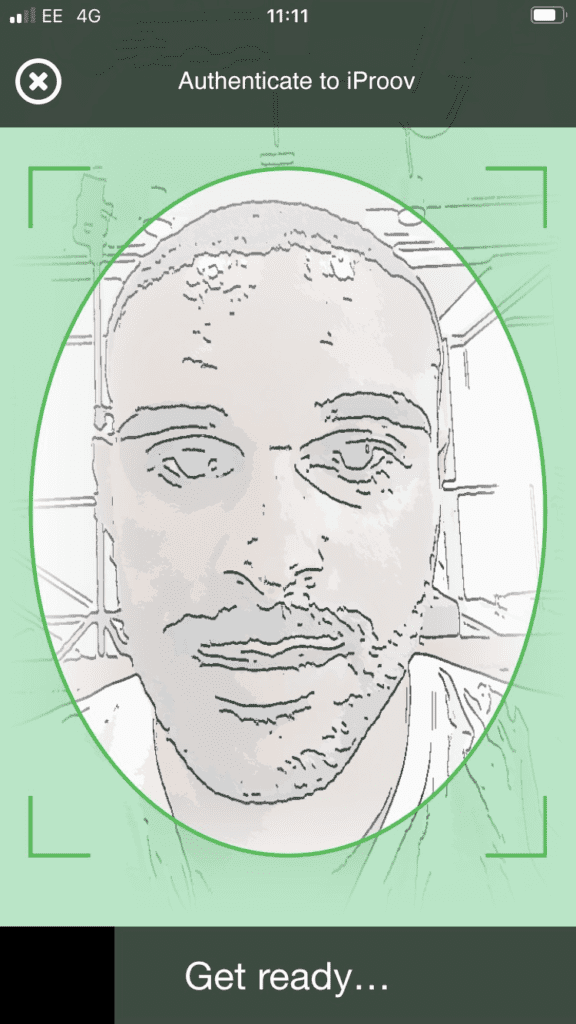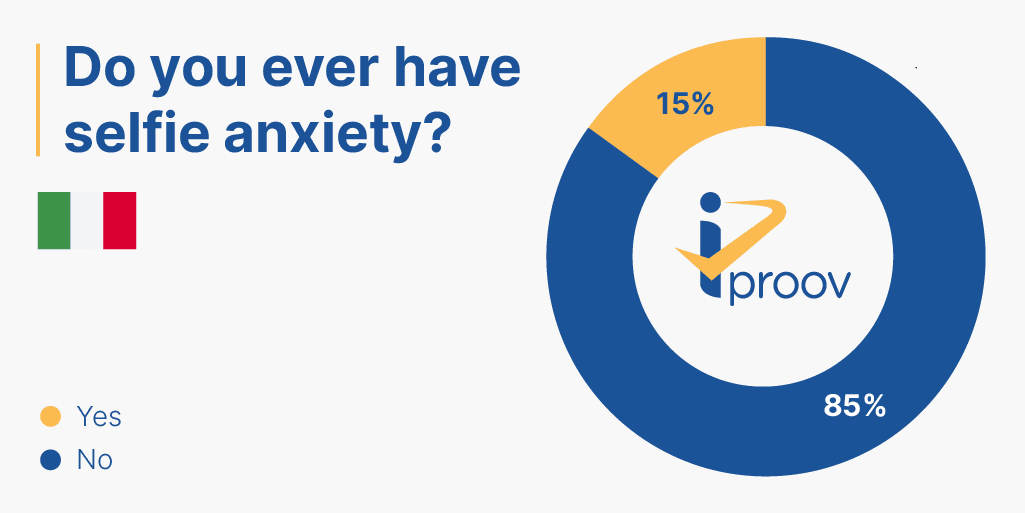June 21, 2021
The word ‘selfie’ was first added to the Oxford English Dictionary in 2013.
It’s since become a globally recognized term—you’ll rarely go a day without seeing one or hearing them mentioned.
We often hear about selfies being used to verify identity online. But there are three important considerations when talking about verification by selfie:
- Selfies for ‘single frame liveness’ are not secure: a single image should not be relied upon to securely authenticate a user online. Selfies can be stolen, edited or fabricated entirely.
- Selfie anxiety can harm your completion rates: consumers like the convenience and speed of face authentication if they’re accessing services on their mobile devices or computers. However, suddenly seeing an image of yourself during an onboarding or authentication process can be jarring. And if the experience is jarring, then users could drop-off and harm your completion rates. 39% of Americans say they have selfie anxiety according to recent iProov data, while 51% don’t like the way they look on mobile video calls (which is selfie anxiety in all but name). iProov’s user experience has been designed to avoid the ‘jarring’ experience and maximize completion rates.
- Selfie perfectionism is also a danger to your completion rates: what about those people that do like seeing themselves? Another danger lurks: across the surveyed countries, we discovered that 30% of consumers retake selfies at least 3 times before they are happy with them. Like selfie anxiety, selfie perfectionism can slow down the face authentication process and prevent users from completing the task at hand.
Why is selfie verification (known as single-frame liveness) not secure?
Picture the scene: you want to open a new bank account or make a large payment online. The bank needs to verify your identity. Would you be comfortable if the bank only required you to send in a selfie as proof of your identity? Of course not—because we understand that a single, simple selfie is not secure method of verification. Images of our faces are often widely available online, and anybody could go to our social media profile and get hold of one.
The same goes for single-frame liveness. Single-frame liveness is the term used for technologies that use a single image, or selfie, to determine the authenticity of an individual.
Single-frame liveness can carry out basic face matching—for example, to determine that the person in a selfie matches an image on their ID document. But single-frame selfies do not guarantee that an image is a real person presenting their face right now—it could be an individual using somebody else’s photo.
So, how can you make selfies secure?
In short: you can’t.
You need multiple frames to guarantee authenticity. This is why iProov uses Dynamic Liveness (GPA) and Express Liveness. These solutions analyze multiple frames from a user-facing camera to determine that a human is the right person, a real person, and — in the case of GPA — that they’re authenticating right now. Only once you have the assurance of all three conditions, can you use face verification as a secure method of verifying identity.
But security isn’t the only concern here…
Selfie anxiety is harming your completion rates
Selfie anxiety is when people experience a negative emotion upon seeing their own unedited, mirrored image—such as discomfort, shock, and unease.
So while consumers love the convenience and speed of face authentication, suddenly seeing an image of yourself can be unpleasant to many people. A user could shut down the app or website and abandon the process. Alternatively, they could start to fix themselves up—the problem here is that biometric face authentication doesn’t need tidy hair or perfect mascara, so the delay is unnecessary.
This is why iProov’s user experience has been designed to avoid the ‘jarring’ experience and maximize completion rates. See below for more on this.
We asked users in six countries if they ever suffered from selfie anxiety. While 39% of Americans said yes along with 30% of Brits and 31% of Australians, only 15% of Italians agreed:
Selfie perfectionism is also a danger to your completion rates
We also asked: ‘If you were taking a selfie of yourself to post on social media, how many times would you likely retake it before you were happy with it?’
Of the users who took selfies, we discovered that:
- 33% of Australians retake selfies 4 times or more
- 28% of Spaniards retake 4 or more times
- 27% of Italians and Canadians do likewise
- 21% of Brits do the same
How you look during a biometric face authentication is entirely inconsequential. So, how can enterprises and governments encourage users to complete face verification without delay or postponement?
iProov’s abstracted image solves the selfie anxiety problem
iProov face verification uses face abstraction technology to ensure that the user experience is optimized for all. A line drawing greets the user, rather than a standard selfie, delivering a more respectful experience – no front-facing-camera-look-at-the-state-of-my-hair shocks. You can find out more about our abstracted image here.
Whether users dislike seeing themselves, like seeing themselves, or sit somewhere in the middle, iProov delivers a respectful user experience that maximizes completion rates. 
Benefits of abstracted imagery:
- The user engages with the screen for the necessary amount of time so that the biometric image is accurately captured, rather than posing, retaking, or feeling uncomfortable or shocked.
- The process does not cause selfie anxiety or require unnecessary movements or gestures.
- The positioning of the face as directed by our technology is engineered to ensure that maximum light is reflected off the face to optimize authentication results.
Selfie verification: a summary
- Our face has become the go-to authentication method for proving who we are online.
- However, selfies alone are not a secure way of authenticating people online.
- iProov’s Express Liveness and Dynamic Liveness technologies use multiple frames of a face to enable secure online onboarding and authentication.
- Whether you love them or hate them, selfie anxiety is very real for some, while selfie perfectionism can be equally as disruptive to the authentication experience.
- Abstracted image delivers a respectful, user-friendly experience that mitigates selfie anxiety and perfectionism to maximize completion rates.
To see how iProov can help your business to deliver biometric verification and authentication with outstanding usability, high customer completion rates and top-level security – book your demo here or contact us.

